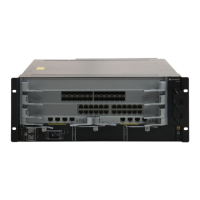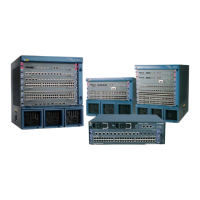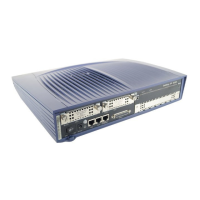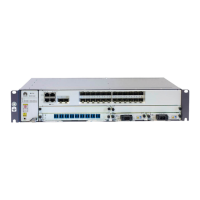Figure 10-6 Networking diagram for hybrid rings running SEP+MSTP
LSW1 LSW2
LSW3
Block Port
NPE1
NPE2
IP/MPLS Core
Access
SEP
Segment
MSTP
Aggregation
Core
PE1 PE2
PE4
PE3
No-neighbor Primary Edge Node
No-neighbor Secondary Edge Node
Do not Support SEP
VRRP+peer BFD
As shown in Figure 10-6, LSW1 to LSW3 form a SEP segment to access an MSTP
ring. The networking is called hybrid SEP+MSTP ring networking. LSW1 to LSW3
are at the access layer to transparently transmit Layer 2 unicast and multicast packets.
SEP runs at the access layer to implement link redundancy. If the topology of the SEP
segment at the access layer changes, a node in the SEP segment sends a Flush-FDB
packet to instruct the other nodes in the SEP segment to refresh their MAC forwarding
tables and ARP tables. LSW1 and LSW2 in the SEP segment send TC packets to notify
devices at the upper-layer that the topology of the SEP segment has changed.
In hybrid SEP+MSTP ring networking, no-neighbor edge interfaces need to be deployed
on the edge devices of SEP networks, and the SEP networks need to report topology
changes to STP networks.
– Hybrid SEP+RRPP ring networking
Quidway S7700 Smart Routing Switch
Configuration Guide - Ethernet 10 SEP Configuration
Issue 01 (2011-07-15) Huawei Proprietary and Confidential
Copyright © Huawei Technologies Co., Ltd.
498

